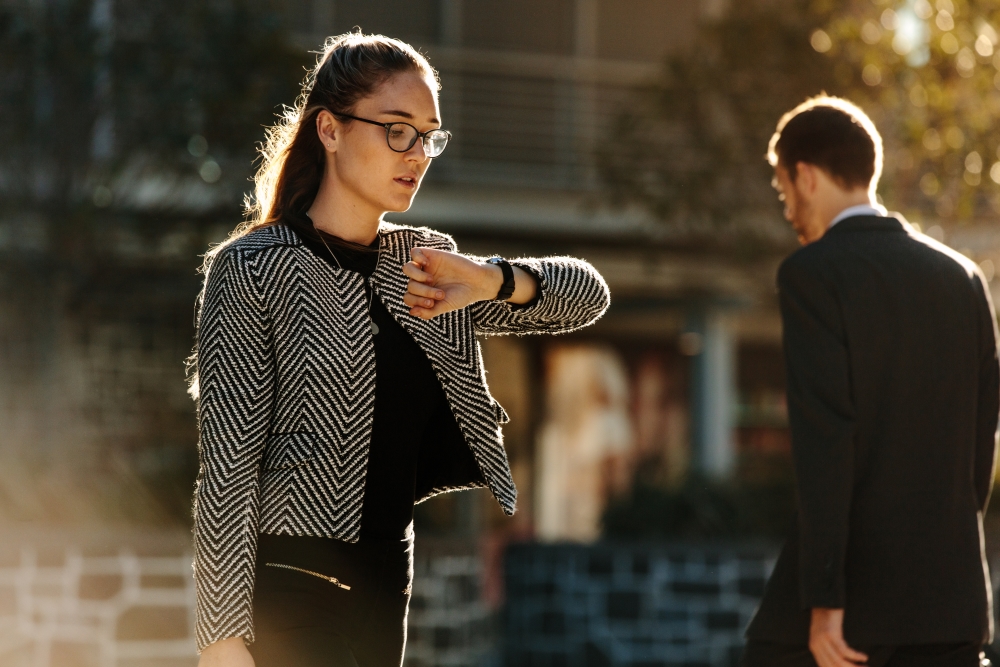Possible applications of mixed reality in civil proceedings
- 01/30/2023
- Reading time 5 Minutes
For the time being, these are just theoretical considerations, but in future, mixed reality technologies, such as virtual and augmented reality, will also play a role in civil proceedings. In the second part of this series, we present possible applications.
In the first article of this series, we explained the terms virtual reality (VR), augmented reality (AR) and mixed reality (MR), their differences as well as advantages and disadvantages in civil proceedings.
In economic life, the use of mixed reality technologies such as virtual and augmented reality has already become established. For example, the creation of digital twins (example) (example) in the building industry or the performance of virtual apartment visits with a VR headset (example) have become almost indispensable tools.
However, as far as we know, mixed reality technologies have not yet been used in adducing evidence in civil proceedings. Yet, the Baker Tilly team is convinced that this is going to change in future and already presents possible applications.
Reconstruction of already past facts such as circumstances of an accident
A first possible application of mixed reality technologies in civil proceedings would be the reconstruction of already past facts. For example, in connection with road traffic or work accidents, mixed reality can help to virtually reconstruct and demonstrate the course of the accident during the hearing. This helps to better visualize the events for all parties involved in the proceedings.
Furthermore, the application of mixed reality provides further benefits: Programming in three-dimensional space allows the parties involved in the process to really take every perspective. This allows simple questions to be answered, such as: was a witness behind the corner of the house able to see the criminal action?
In order to answer such question, the court and the parties involved in the proceedings can subsequently virtually take such perspective – and thus view the crime scene from the witness’ perspective in a three-dimensional space. Advantage: The classic taking of visual evidence on site pursuant to Art. 219 (1) var. 2 ZPO (German Code on Civil Procedure) is no longer necessary which directly saves travel expenses and efforts.
Furthermore, in case of additional or amended facts, mixed reality allows to reopen the 3D model at any time in order to view and discuss the facts. Another advantage compared to classic visits on site: a corresponding programming allows to visualize past actions and situations (for example, the car’s exact position after the accident).
The legal basis for this should be provided for by Art. 371 (1) ZPO.
A disadvantage in using mixed reality technologies is the simulation’s subjective character. It is prepared exclusively on the basis of a testimony which contains uncertainties and, due to its strong suggestive effect, distracts from the real course of events. In other words, there might be a risk that the three-dimensional visualization would attribute an objective character to the model which the witness testimony would not correspond to. In addition, there are the possible and probably not insignificant costs of such programming. In this case, it might be advisable to involve corresponding experts (Art. 402 – 414 ZPO) in the civil proceedings in order to create the simulations.
On-site visits and mixed reality
Another possible use of mixed reality are on-site visits which could be performed via augmented reality: For example, an MR headset, such as the Microsoft Hololens model, could enable experts to visit buildings. In this context, augmented reality would mean that the headset’s built-in camera would record the analog reality in order to reproduce it during the hearing via a screen/monitor.
In this case, as a simple example, an expert or someone from an expert’s office could, in a first step, film the actual condition of a shell construction the condition and contractual compliance of which are in dispute. In the courtroom, the blueprint – which is created in a three-dimensional digital manner at least in case of commercial customers – could be overlaid on the building’s analog image. This would allow a direct visualization of any deviations in case of disputes.
This may reduce the necessity of physical on-site visits allowing to provide all required information during the visit. In connection with a complete virtual hearing, this could provide substantial relief and added value. Simple example: The planning office in Switzerland and the Japanese investors would not have to travel to on-site visits and court hearings.
Mixed reality during mediations
It is also possible to use mixed reality technologies within the scope of mediations. Without having to comply with ZPO provisions mandatorily required during the ordinary civil proceedings, mixed reality allows to “transport” the parties involved into a virtual environment allowing for a facilitated demonstration and understanding of their perspectives and proposed solutions. This may help to improve communications and achieve a faster, satisfying solution.
Mixed reality in civil proceedings requires basic legal work
It is to be expected that mixed reality technologies will be used in civil proceedings in future, opening up further possibilities. In this context, it is crucial to carefully weigh technical possibilities and the associated risks in order to ensure fair and reliable results.
Another important aspect will be the development of standards and regulations in order to ensure a uniform and transparent application of mixed reality technologies during civil proceedings. This may help to increase confidence in the result and to enhance the technology’s acceptance. Ultimately, this is an area requiring a lot of basic legal work.


